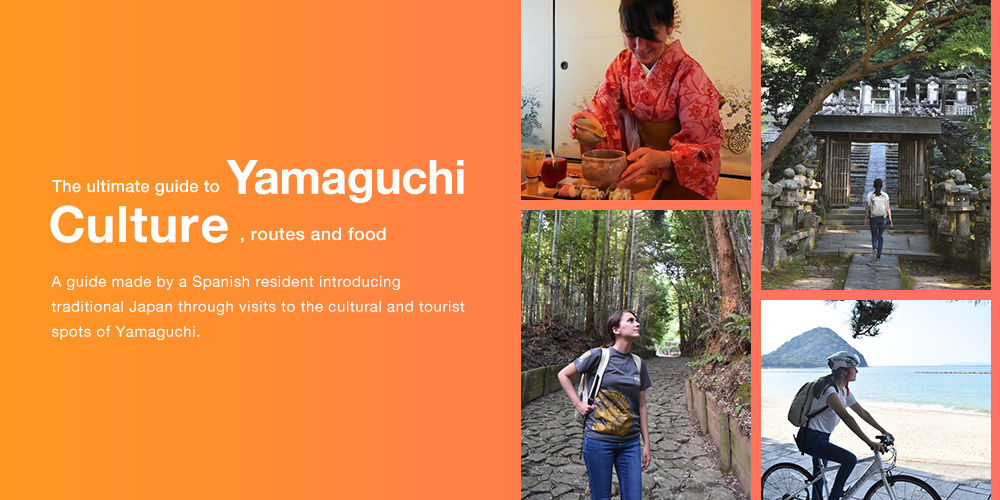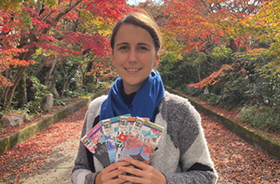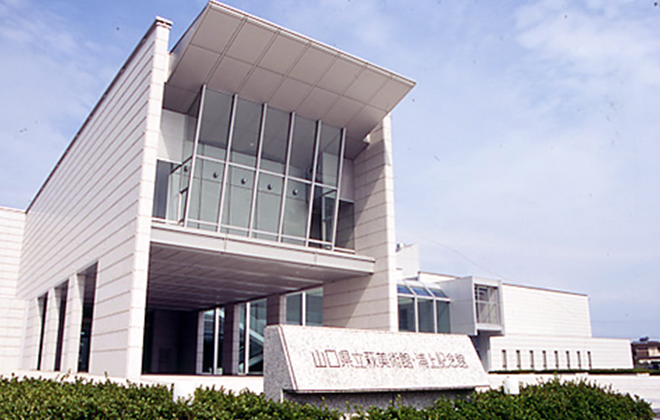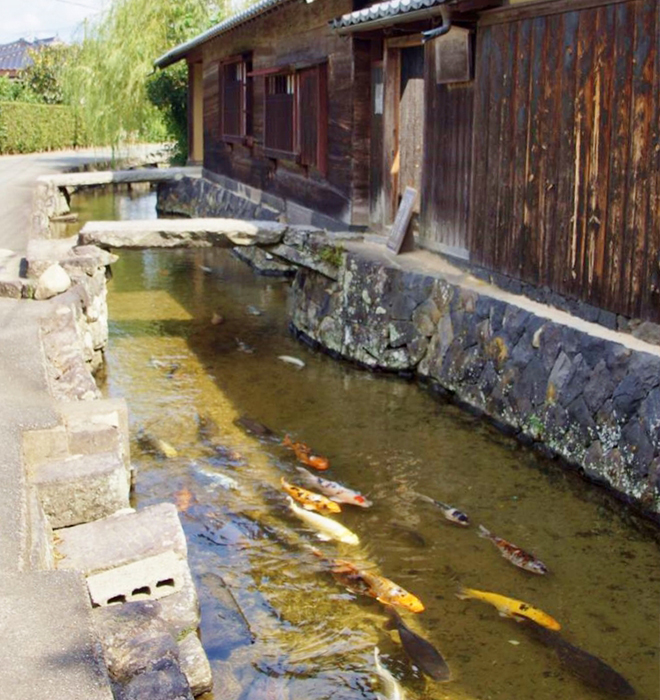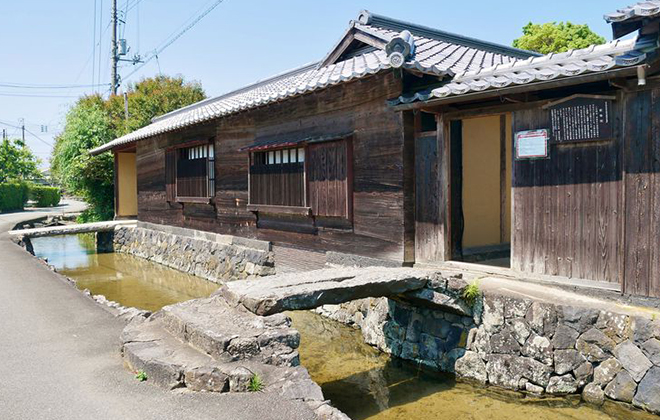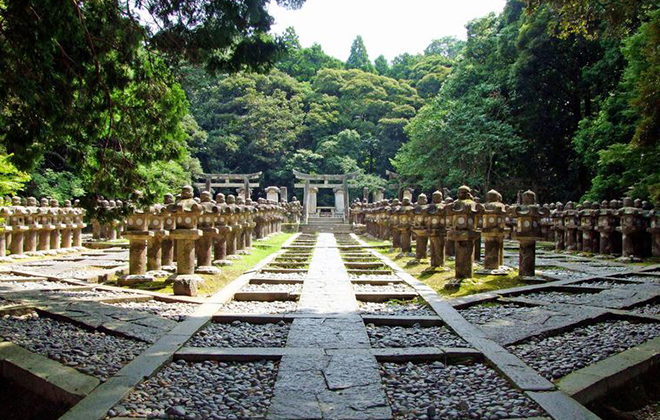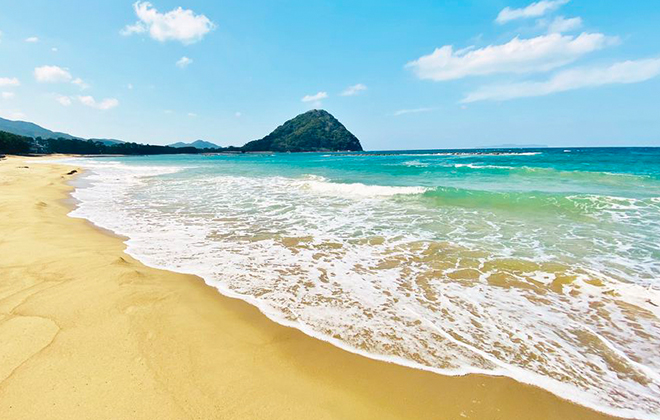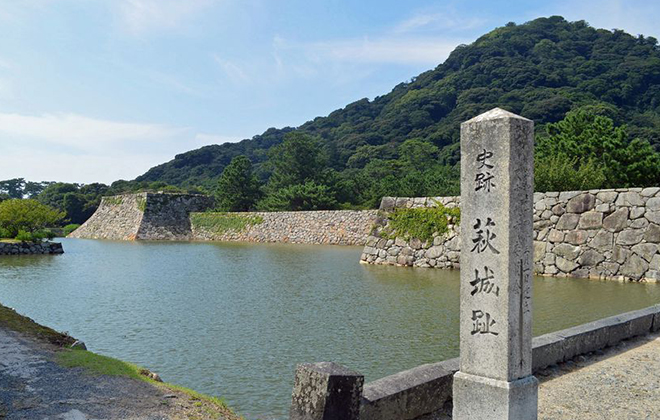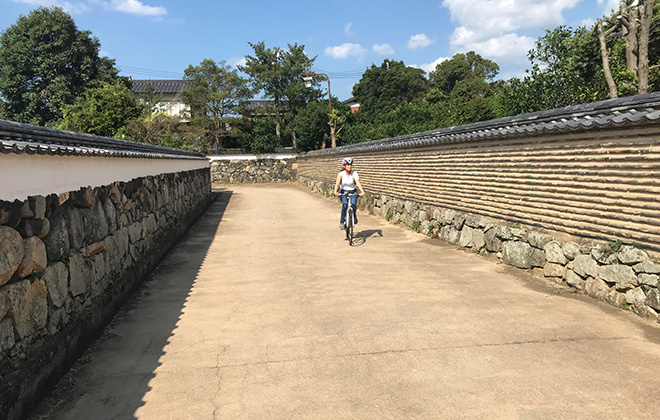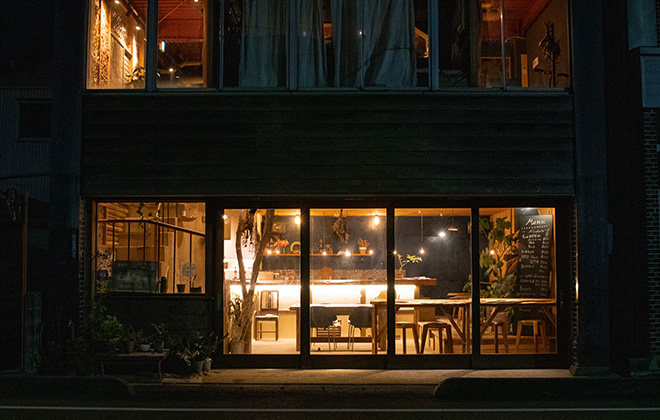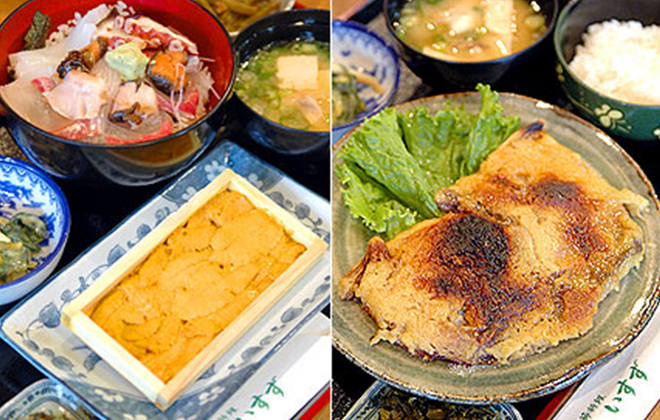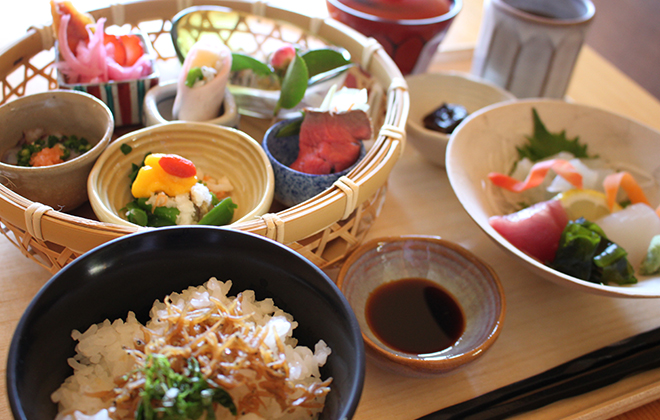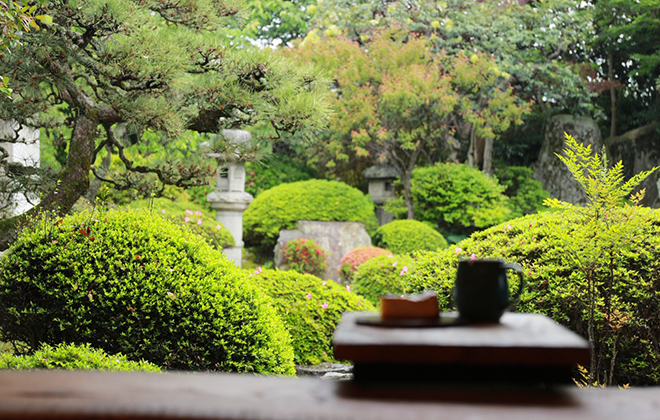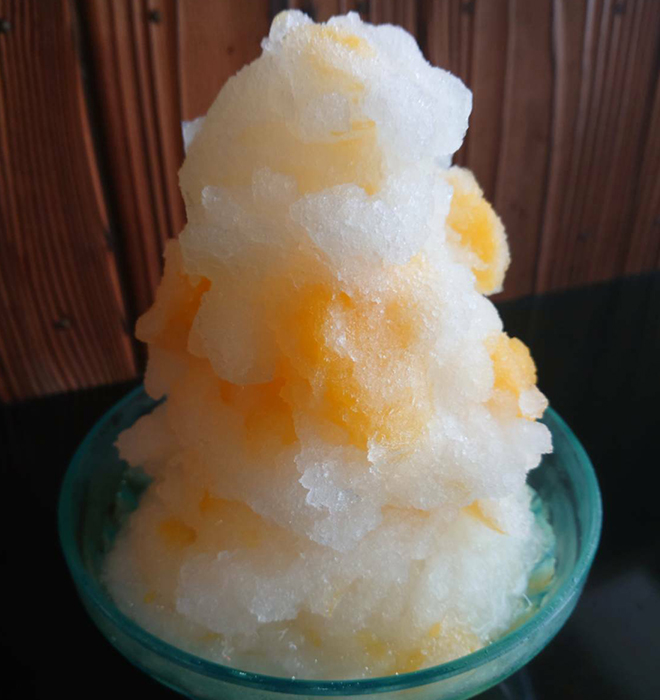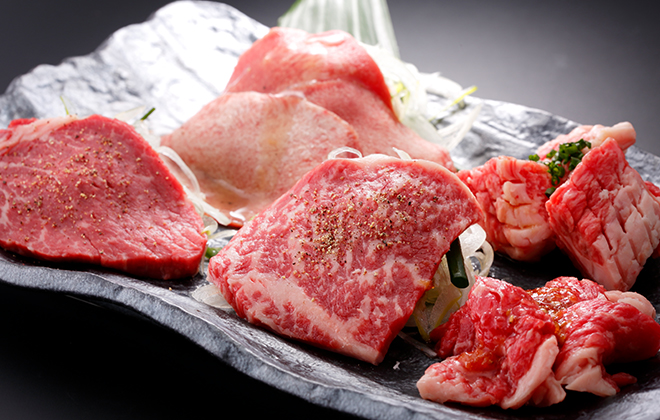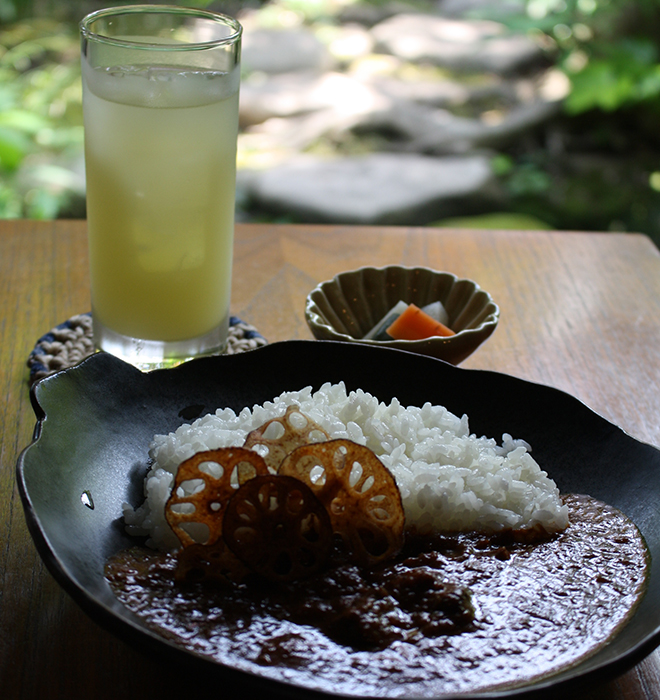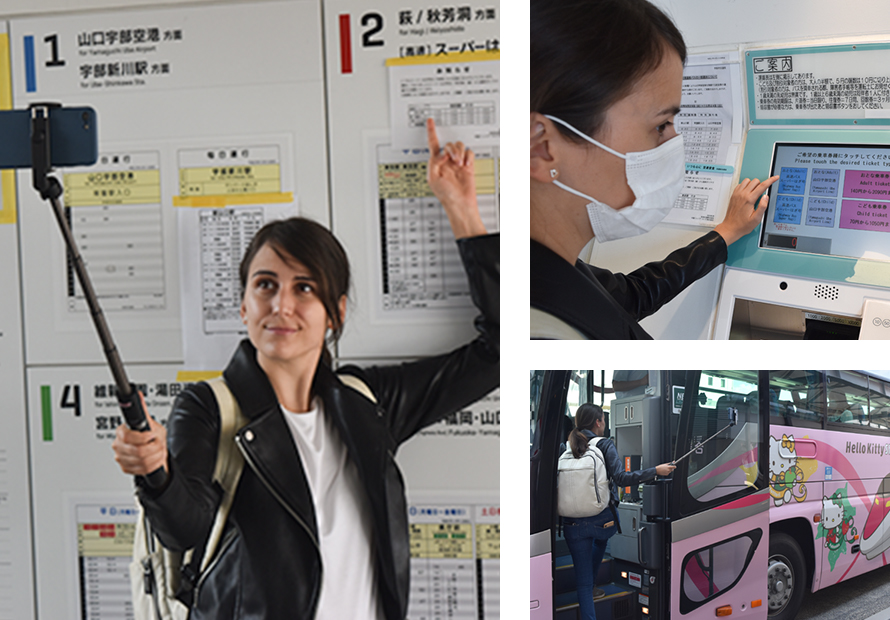
Following the footsteps of Samurais
My first stop will be the city of Hagi, an enclave that overlooks the Sea of Japan and preserves the layout and charm of the streets of the samurai era. The route is simple: arrive by bullet train to Shin-Yamaguchi station and take the Super Hagi bus, which will take about one hour to the destination.
I got off at the Hagi Meirinkan stop and directly went to the accommodation to leave my luggage and rent a bicycle, since it is the most comfortable way to navigate the city.
With the cycling map in my hand, I trace our route, which will start at the Hagi Uragami Museum.
The building, designed by the famed architect responsible for the Tokyo Olympic Stadium, houses an extensive collection of 5,500 Japanese woodcut prints and fine pieces of oriental pottery, making it a true gem for art lovers. Once I enjoyed the works by the renowned artists such as Hokusai and Hiroshige, I got back on my bike and in about three minutes, reached the historic district of Hagi.
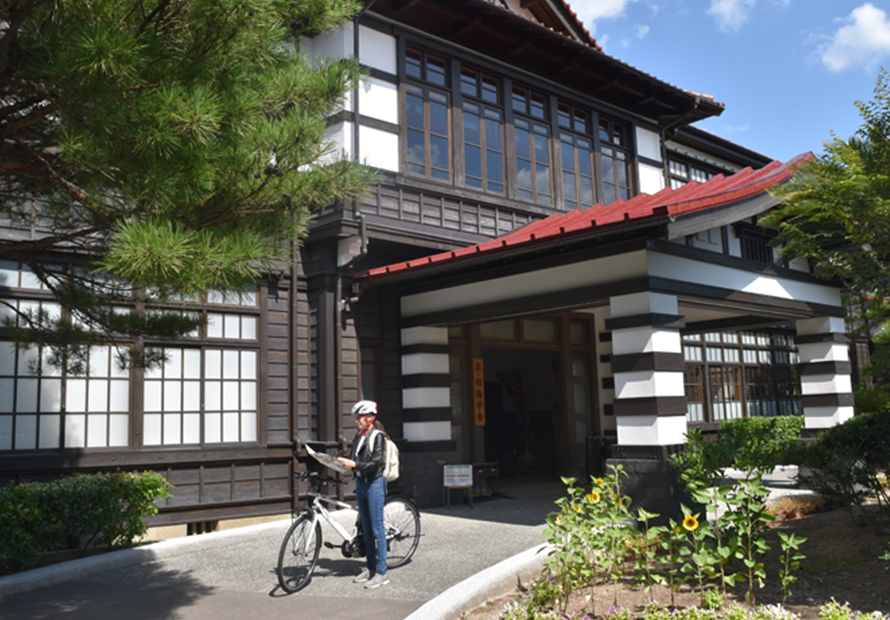
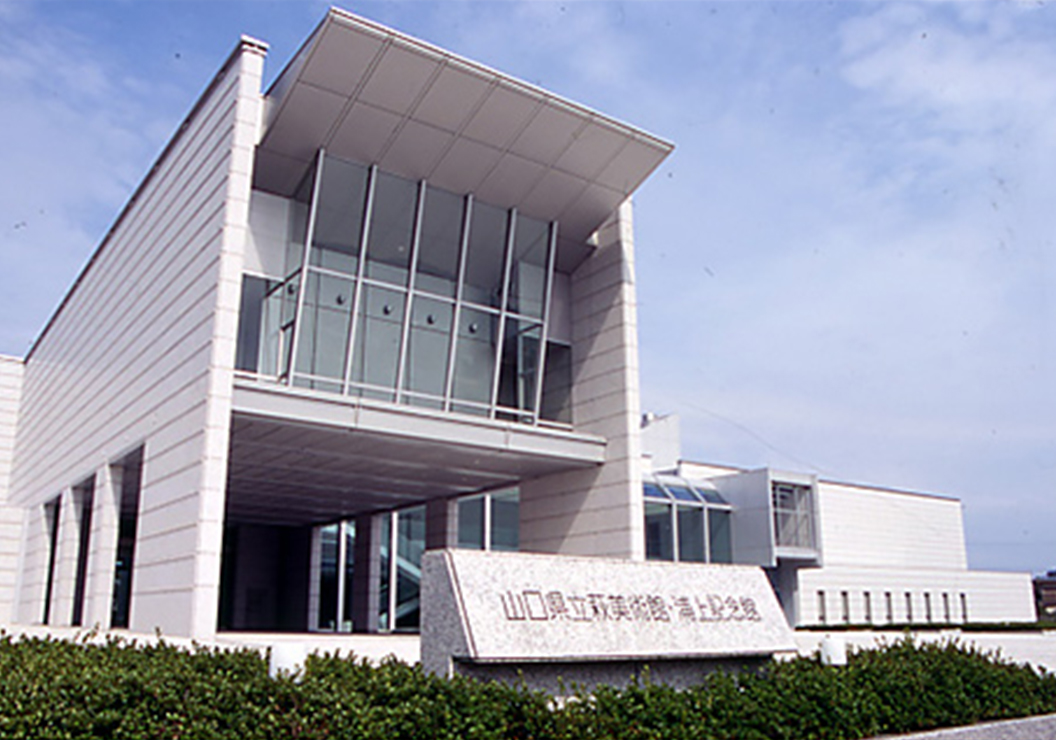
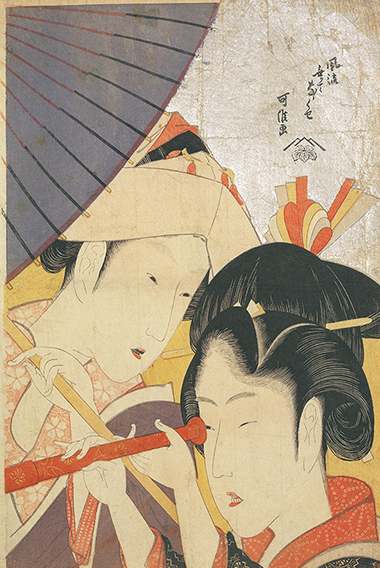
The Seven Foibles of Young Women: The Telescope
Hagi Uragami Museum
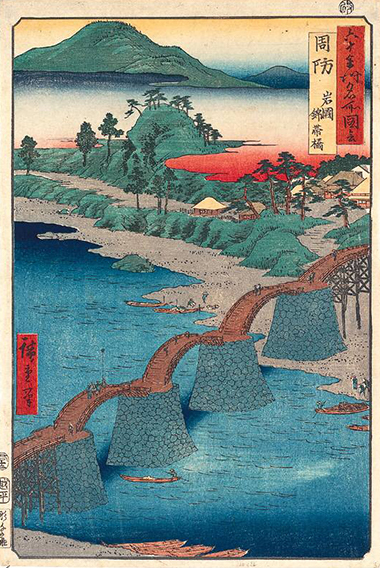
Suô Province: Kintai Bridge in Iwakuni, from the Series Collection of Famous Views of the Sixty-odd Provinces
Hagi Uragami Museum
Strolling through its streets flanked by white walls and ancient samurai residences, I felted surrounded by the eyes of history.
My next stop is the Kikuya residence, which preserves a small museum where you can discover what life was like for a wealthy family in the Edo period. This place usually draws attention for the tatami porch with a garden that appears in the tourist brochures, but upon entering the residence in spring or autumn, you will also discover another much larger garden in the back and surrounded by a pleasant aura of peace.
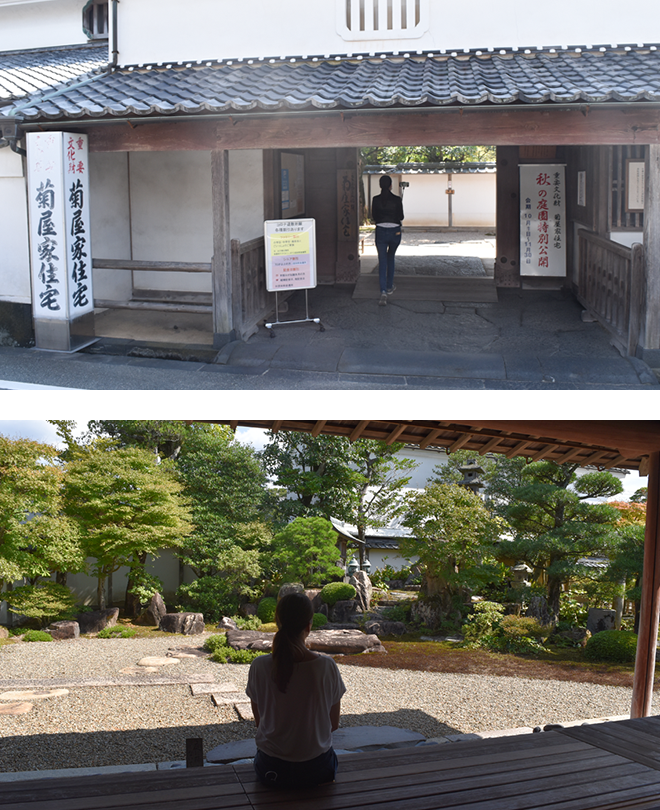

The visit to this residence left me wanting to continue investigating the past of the city, so I then headed to the Aiba River. Built in the mid-18th century, the Aiba River was filled with small boats that transported goods under the stone bridges that gave access to the houses. The tour through this part of Hagi is accompanied by the hundreds of colorful carps in the river and culminates in the Yukawa Residence, which preserves the area where the river water was used for household chores. Today you can still see the people of the neighborhood washing the vegetables for dinner in the river.
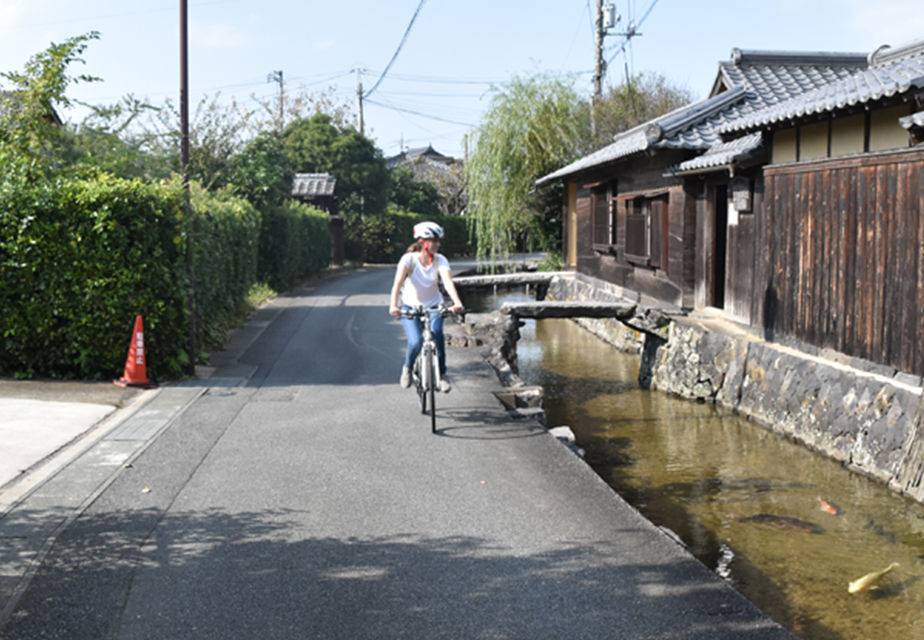
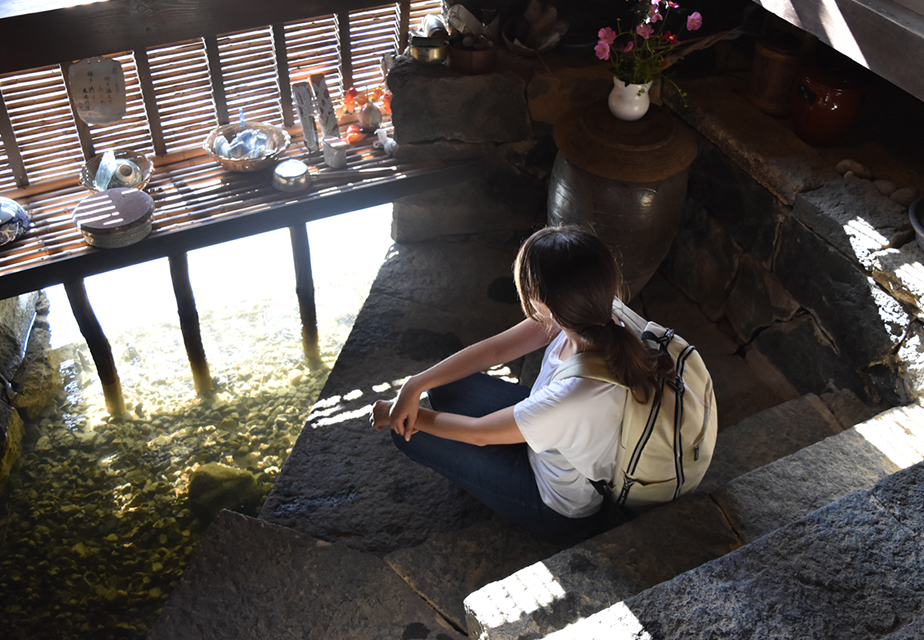
To make the most of the day, I made one last effort and made my way to Tokoji Temple, which is a little further from the historic center. I was welcomed with its beautiful red door, which led me through another portal of great beauty to the main altar. But the real surprise was waiting for me at the back of the temple, where the souls of the Mori clan lords rest, covered by the imposing presence of 500 stone lanterns. During the obon celebration in summer, Tokoji Temple becomes a dreamlike sight with its hundreds of lit lanterns commemorating the ancestors of the clan.
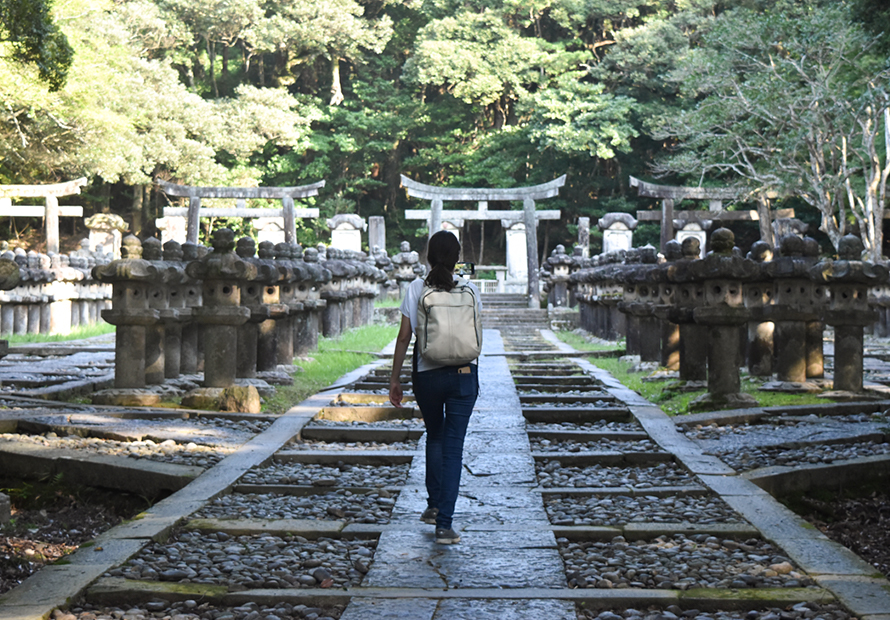
The people of Yamaguchi are very proud of the Mori clan, as it was one of the first feudal families to incorporate Western technique and thinking after isolation. The lighting of the lanterns at Tokoji Temple is a very important event in the local culture and shows how much this clan is still respected in Yamaguchi.
After immersing myself in the spiritual world of ancient Japan, l biked down the slight slope from the temple until I reached the bank of the river, which led me to one of the greatest attractions of the city of Hagi: its view of the sea of Japan.
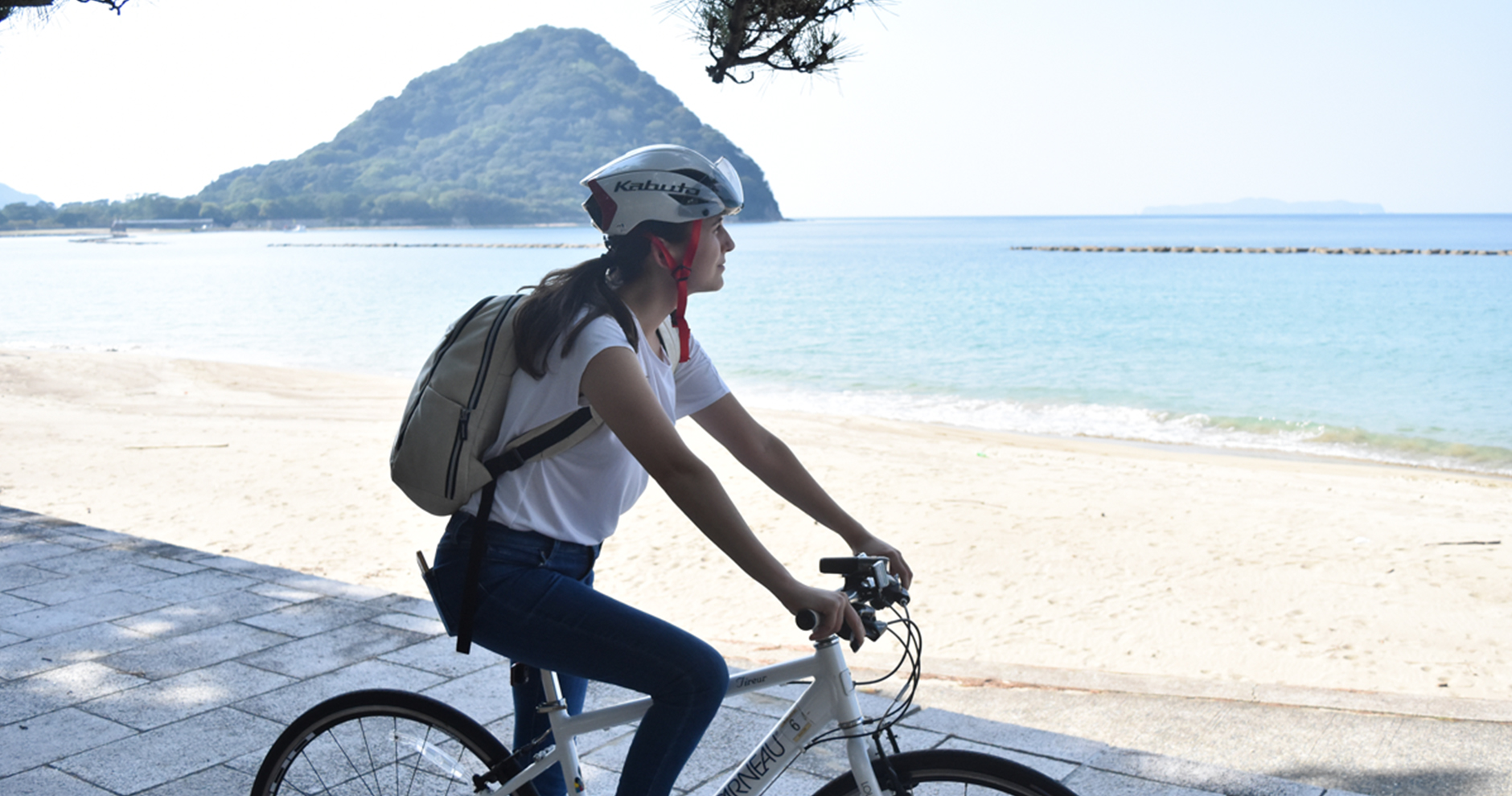
Taking the suggestion from the cycling map, I tried Isuzu, where they serve an excellent Japanese menu with fresh sashimi and sea urchin, a highly recommended delicatessen in the city.
With this, my first day has come to an end. After a calming bike ride back to Ruco hostel, I joined the relaxed atmosphere at the bar and had a drink with the guests and locals.
After a day full of unforgettable experiences, I arrived at Kikugahama beach, where you can take off your shoes to enjoy a walk on the sand and feel the ocean breeze. From the shore is a spectacular sunset and Mount Shizuki as a backdrop.
As the night approached, I returned to the city center ready to enjoy the authentic local cuisine.

